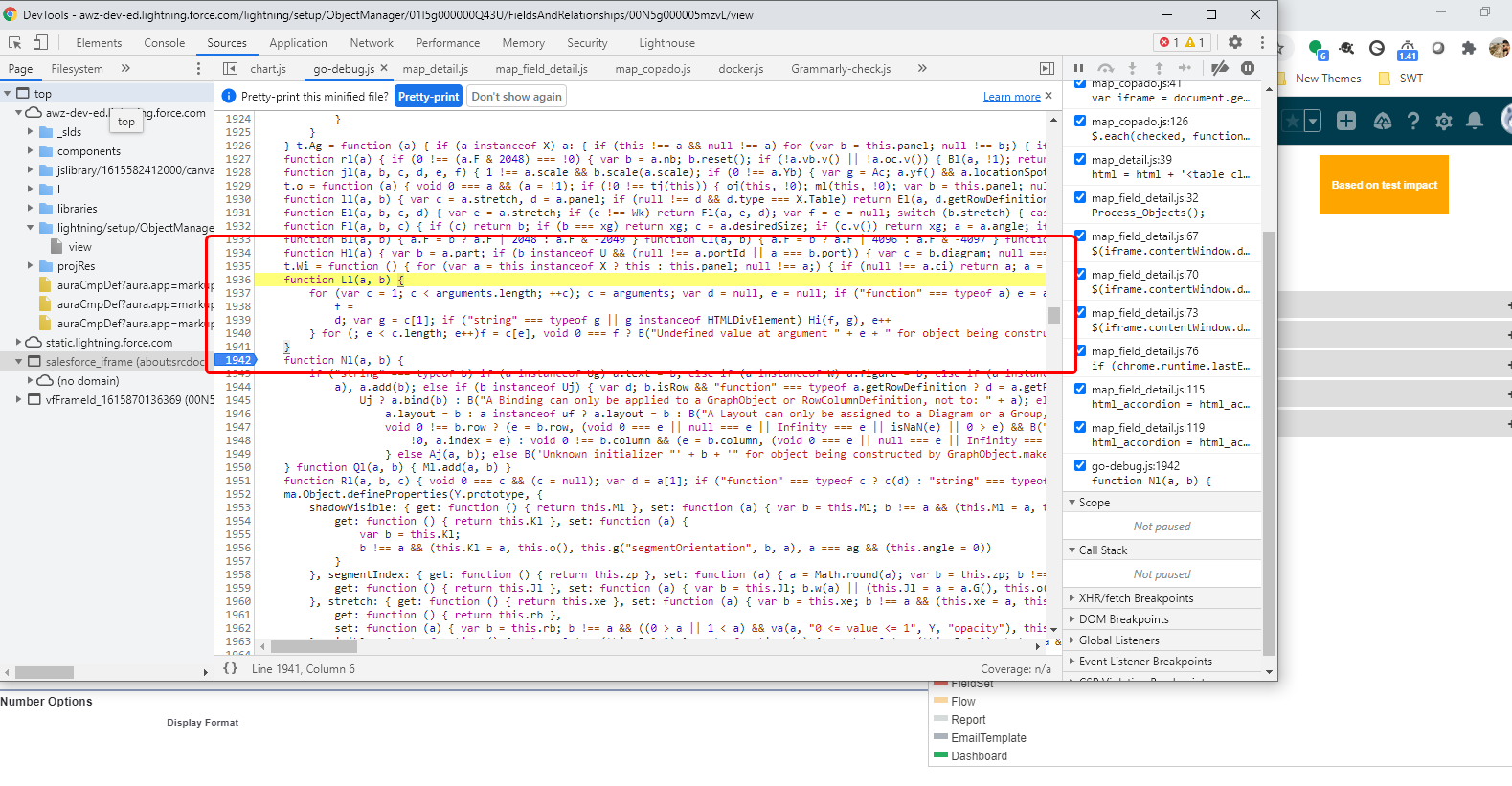
If you have the correct access and authentication, the visualisation should already be populated within the component area:Īdditional parameters are also available to Show or Hide Toolbars and Tabs, through simply a tick box. NOTE: Please be aware that simply copying the URL will not work here. To replace this, you will need to log into your Tableau Server and obtain the link from the Share option. The URL for the Tableau view is automatically populated with a Tableau Public visualisation. Once the component has been added to the page, a pane is displayed on the right-hand side identifying the required parameters for embedding.
#Salesforce iframe free
From here, simply drag the Tableau Visualization icon onto the page area and into a free component space indicated, like so: The page can be set up using layout templates, where individual components can be arranged.

Scrolling down the list includes the Custom Apps where you will find the Tableau Visualisation Component :

On the left, you will see all the components available for use. This action opens the Lightning App Builder Page. Select the setting Gear icon and select Edit Page: When in Salesforce as a developer, locate the page you wish to add the visualisation to. The process of embedding a dashboard into a Salesforce page using this component is extremely simple and very effective.
#Salesforce iframe code
The Lightning Web connector is a managed app that removes the requirement for the developer to write any Visualforce code and does not require an additional web server like the Sparkler App does in its current form. In recent months, this connector has been through Alpha and Beta testing, with it now becoming available to the Salesforce community. However, as expected, Tableau have now released a third option within the Component Store in the Salesforce App Exchange called the Tableau Viz Lightning Web Component. Both did, and still do, have very valid use cases depending on how the organisation wants to structure and surface its dashboards to the end users.

The initial option was simple embedding of Tableau’s iframe code into a Visualforce page, which was closely followed by the Salesforce Canvas Adaptor for Tableau, otherwise known as Sparkler.īoth options had very specific pros and cons when compared against each other on a like-for-like basis. Tableau and Salesforce Advancing TogetherĮmbedding Tableau dashboards into Salesforce is not something new as a concept, as this has been possible for many years through various avenues. ” Tableau and Salesforce have both made acquisitions and developments in the Artificial Intelligence and Machine Learning sphere, yet the platforms themselves are still primarily two separate platforms, providing entirely different functionality. Salesforce has made it clear they want to accelerate Tableau’s mission “To help people see and understand their data. Since Salesforce purchased Tableau in August last year, the Tableau community has been waiting with bated breath for news about how the two market-leading platforms can exist and advance together.


 0 kommentar(er)
0 kommentar(er)
